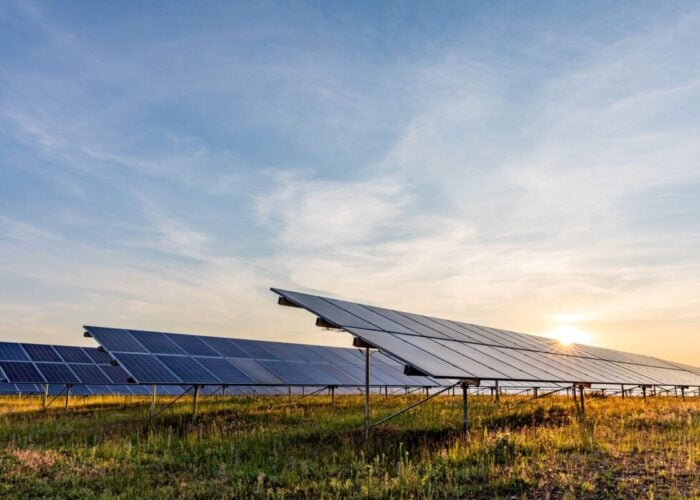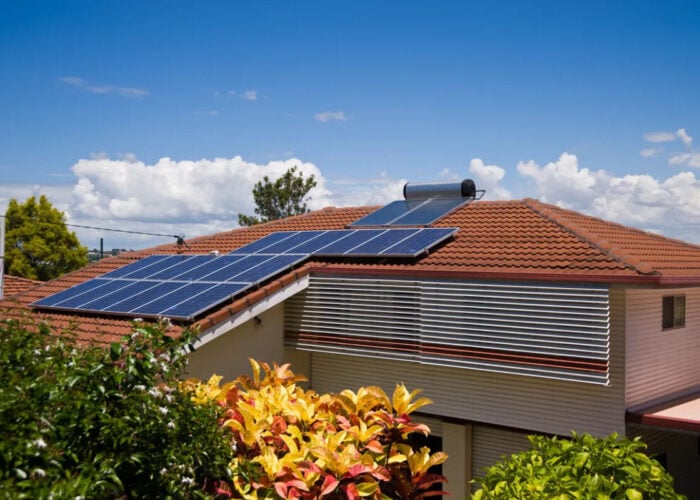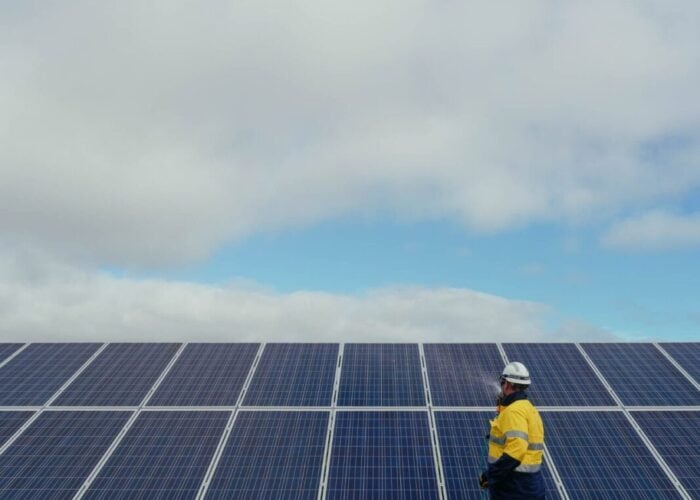
The Australian Energy Market Commission (AEMC) has soundly rejected calls from the renewables industry to reform the marginal loss factor (MLF) regime, the controversial pricing system that calculates energy transmission and network losses for energy generators.
In a draft ruling published on Wednesday, the federal rule body for Australia’s energy markets said that it would maintain the MLF system on the grounds that the alternative would hike energy prices for consumers.
Try Premium for just $1
- Full premium access for the first month at only $1
- Converts to an annual rate after 30 days unless cancelled
- Cancel anytime during the trial period
Premium Benefits
- Expert industry analysis and interviews
- Digital access to PV Tech Power journal
- Exclusive event discounts
Or get the full Premium subscription right away
Or continue reading this article for free
“While we recognise the need to bring down barriers to entry for renewables, moving from marginal to average loss factors would, in effect, cost consumers money,” AEMC chair john Piece Pierce said.
The body argues that the continued application of MLFs will help show new generators which locations are more profitable.
“Rather than penalising generators located in strong parts of the network, or consumers, the underlying challenge is to better coordinate investment in generation and transmission across the national electricity market so that financial incentives and are aligned with the physical needs of the system and everyone can benefit,” Pierce said.
Renewables investors and developers counter that the MLF system, whose rates are fixed annually by the market operator based on the prior year's annual average, makes investment riskier, given that it makes revenue volatile and increasingly difficult to forecast.
The rule change request was put forward by Indian mining giant Adani, who announced in early November that it was putting plans to invest a further $1 billion or more in Australian renewables on ice until the country’s transmission issues were addressed.
One investor group, representing AU$11 billion of investment in the market, is calling for the system to transition to an ‘average loss factor’ methodology. That system approximates the actual losses for new generation at sites where resource density is highest, instead of where the transmission system is strongest.
In a letter sent to the commission in September, the coalition said that some clean energy ventures have faced year-on-year MLF rating swings of over 20%, “materially impacting” revenues in ways the sponsors could not have foreseen.
The Clean Energy Investor Group, which counts 20 major investors including Macquarie Group, Innogy, Blackrock and Neoen, says lack of reform will cause private investment to leave the Australian renewables space, which they argue is crucial to bringing energy prices down for customers.
Clean Energy Council: System in "desperate need" of reform
Kane Thornton, CEO of the Clean Energy Council, slammed the AEMC’s decision in an interview with PV-Tech on Thursday, saying that it adds “risk, uncertainty and cost” for renewables developers and could prompt international firms to leave Australia.
“This is an example of market design that is no longer fit for purpose. It is yet another example of a market framework that creates a lot of risk and uncertainty for energy generators. In our view, the current regime is in desperate need of change or reform,” Thornton said. “There’s a range of options of how you might do that, and none of them is necessarily perfect. But we are obviously very disappointed that the market commission really ignored all that and decided to stick with the status quo.”
After years of momentum, investment in renewables Australia is sagging, according to a report published by the CEC in October. The group attributes this to a lack of federal renewables energy policy from next year and a tangle of transmission and connection issues that includes the MLF regime.
In its draft ruling, the AEMC said it will give the Australian Energy Market Operator more flexibility so it can “refine and improve” the way it calculates MLFs.
Submissions to the draft ruling are open until 16 January 2020.






